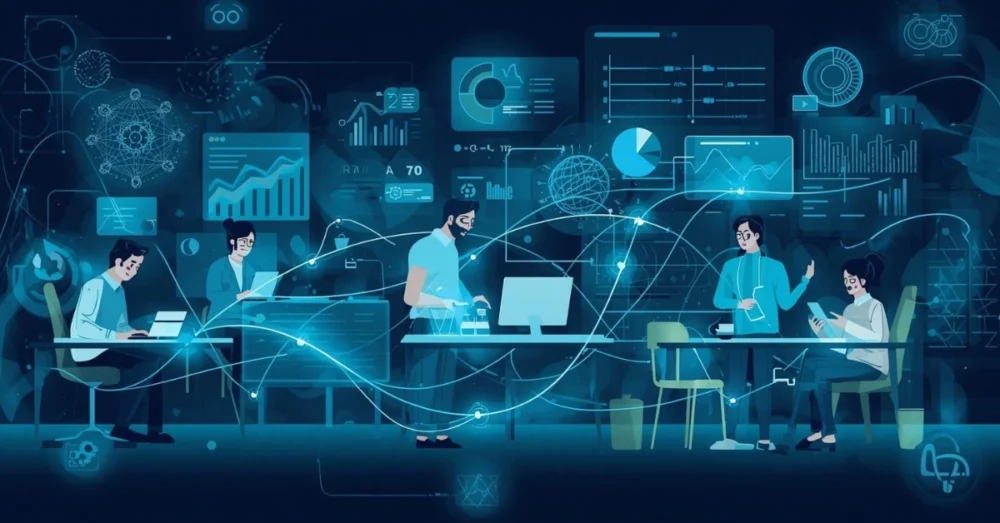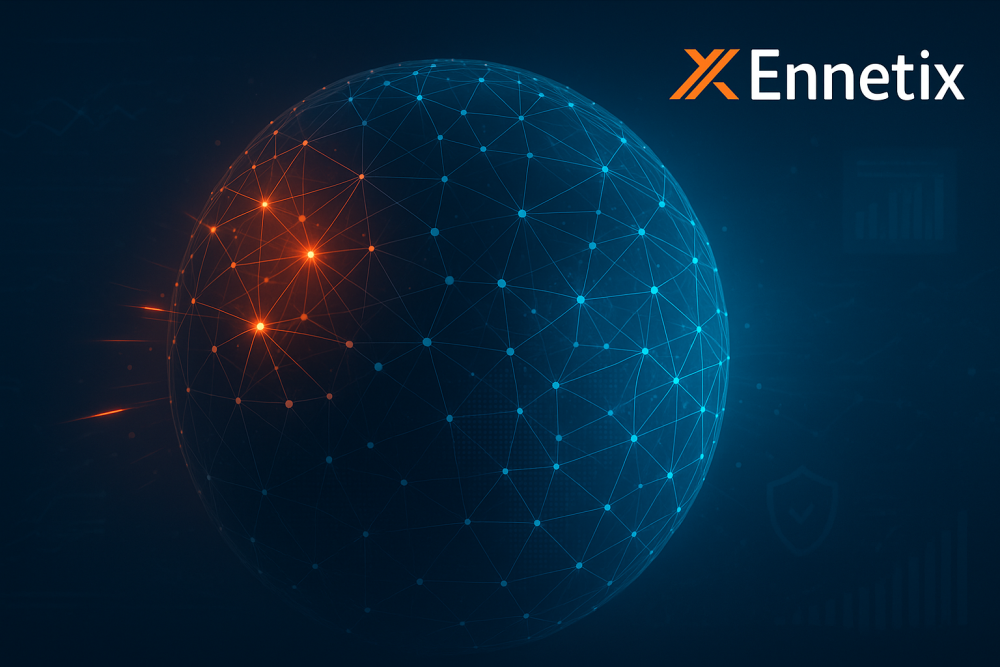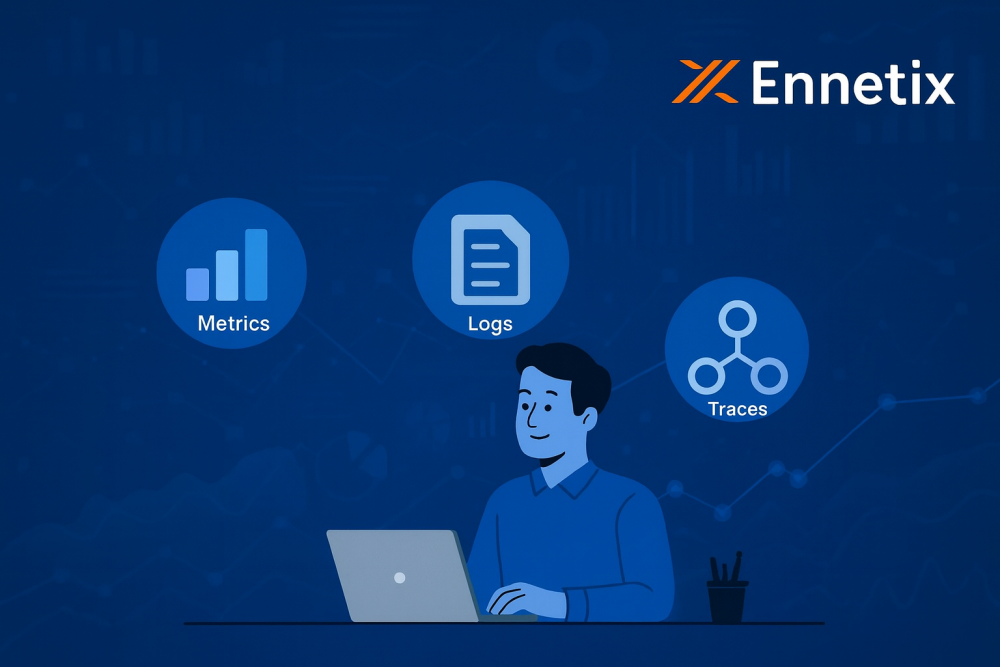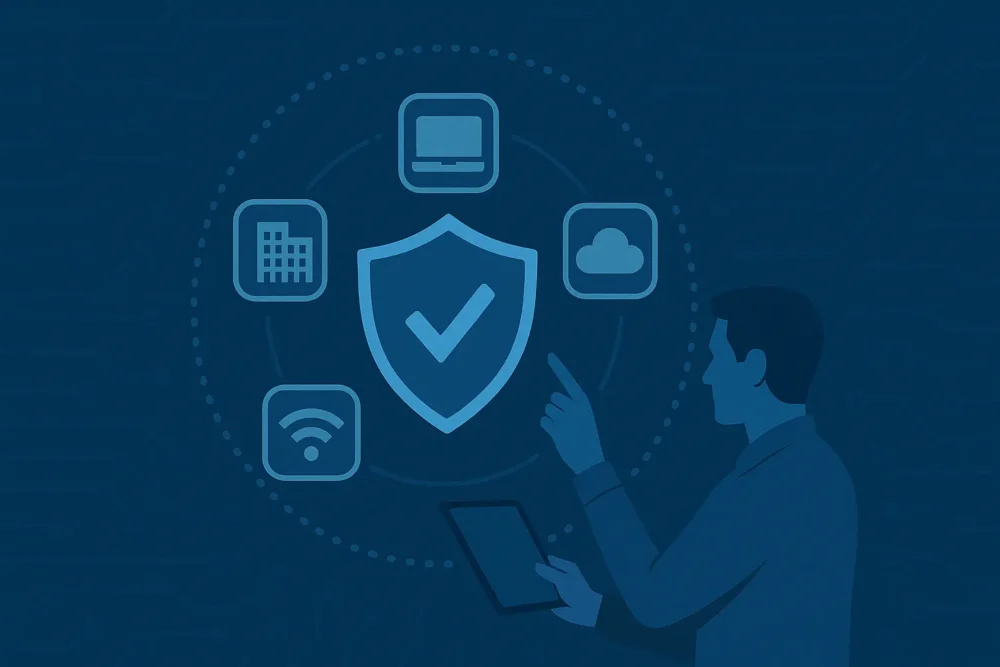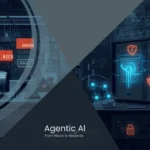
Agentic AI in Observability: What It Is and Why It Will Change IT Ops
September 5, 2025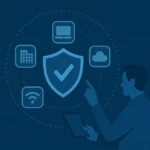
How Security Observability Powers Cyber Situational Awareness
September 24, 2025Remote and hybrid work have become standard. Employees depend on cloud services, SaaS applications, and personal networks to stay productive. But this freedom comes with challenges. A slow login, poor call quality, or lagging business app can quickly affect user satisfaction and business outcomes.
Traditional monitoring tools often miss these problems. They track servers and applications, but fail to show what employees actually experience. This is where digital experience monitoring (DEM) comes in. A digital experience monitoring platform provides visibility into the end-user journey, enabling IT to ensure consistent performance and deliver genuine digital experience assurance.
What Is Digital Experience Monitoring?
Digital experience monitoring tracks how users interact with applications, devices, and networks. Unlike infrastructure monitoring, DEM takes a user-first approach.
Core components usually include:
- Real user monitoring: Collects live user data.
- Synthetic monitoring: Simulates transactions to test performance.
- Endpoint monitoring: Tracks device health and connectivity.
DEM is closely linked to user experience monitoring and end-user experience monitoring, terms that highlight its user-centric view. Together, these help IT see digital experiences as employees live them — not just as systems report them.
Challenges for Remote Workforces
Distributed teams face unique digital issues:
- SaaS dependency: Performance problems often happen outside IT’s direct control.
- VPN bottlenecks: Secure connections can reduce speed.
- Unstable home networks: Residential setups lack enterprise reliability.
- Limited visibility: Without DEM, IT relies on support tickets instead of proactive insights.
These challenges explain why more enterprises adopt digital experience monitoring solutions to close visibility gaps.
How DEM Improves the Remote Workforce Journey
A digital experience monitoring platform helps in several ways:
- Complete visibility – Shows whether issues start with the device, local network, VPN, or SaaS provider.
- Root-cause clarity – Correlates data across endpoints and applications, cutting diagnosis time.
- Proactive monitoring – Synthetic tests detect issues before they reach users.
- Experience insights – Trends on session quality and responsiveness guide IT strategy.
This makes DEM more than just a monitoring tool. It becomes a foundation for digital experience assurance across the enterprise.
Key Features to Look For in a DEM Platform
When selecting a digital experience monitoring platform, focus on these essentials:
- User monitoring across devices and SaaS apps
- Cloud-native support for hybrid teams
- AI-driven analytics to cut false alarms
- Integration with IT service tools for faster resolution
- Data security and compliance features
A strong platform should scale easily, provide actionable insights, and integrate with existing IT operations.
Checklist for Choosing a DEM Solution
Before making a decision, ask:
- Can it monitor real users and simulate user journeys?
- Does it work across cloud, on-prem, and hybrid setups?
- Does it use AI/ML for more intelligent detection?
- Can it integrate with ITSM or security workflows?
- Does it meet compliance requirements?
This quick checklist ensures your choice supports both immediate needs and long-term growth.
Benefits of Adopting DEM
Enterprises that adopt DEM platforms report:
- Higher productivity – Employees spend less time dealing with IT issues.
- Reduced IT workload – Contextual data lowers ticket volume.
- Stronger resilience – Early alerts prevent disruptions from spreading.
- Better user satisfaction – Reliable experiences drive engagement.
These gains prove DEM is more than a technical upgrade. It is a business enabler for remote-first operations.
DEM vs. Traditional Monitoring
Infrastructure and application monitoring show if systems are available. But availability does not always equal usability. Employees may still face delays or failures even when servers are “up.”
Digital experience monitoring closes this gap by confirming whether users can actually complete their tasks effectively. For remote workforces, this distinction is critical.
From Monitoring to Assurance
Monitoring identifies problems. Assurance ensures outcomes. By combining real user data, simulations, and AI-driven insights, DEM platforms evolve into tools of digital experience assurance.
They don’t just report disruptions; they help prevent them. For distributed teams, that means IT can shift from reactive support to proactive enablement.
Conclusion
The workplace is now digital-first. For remote teams, productivity depends on reliable access to applications and networks. A digital experience monitoring platform provides IT with the visibility needed to keep employees connected and productive.
By focusing on the user journey through digital experience monitoring, organizations gain the confidence that comes with digital experience assurance. The right platform is not just about monitoring systems — it is about empowering people to work without disruption.
To see how AIOps enhances DEM with predictive intelligence, explore our in-depth guide on digital experience monitoring for remote workforces.

